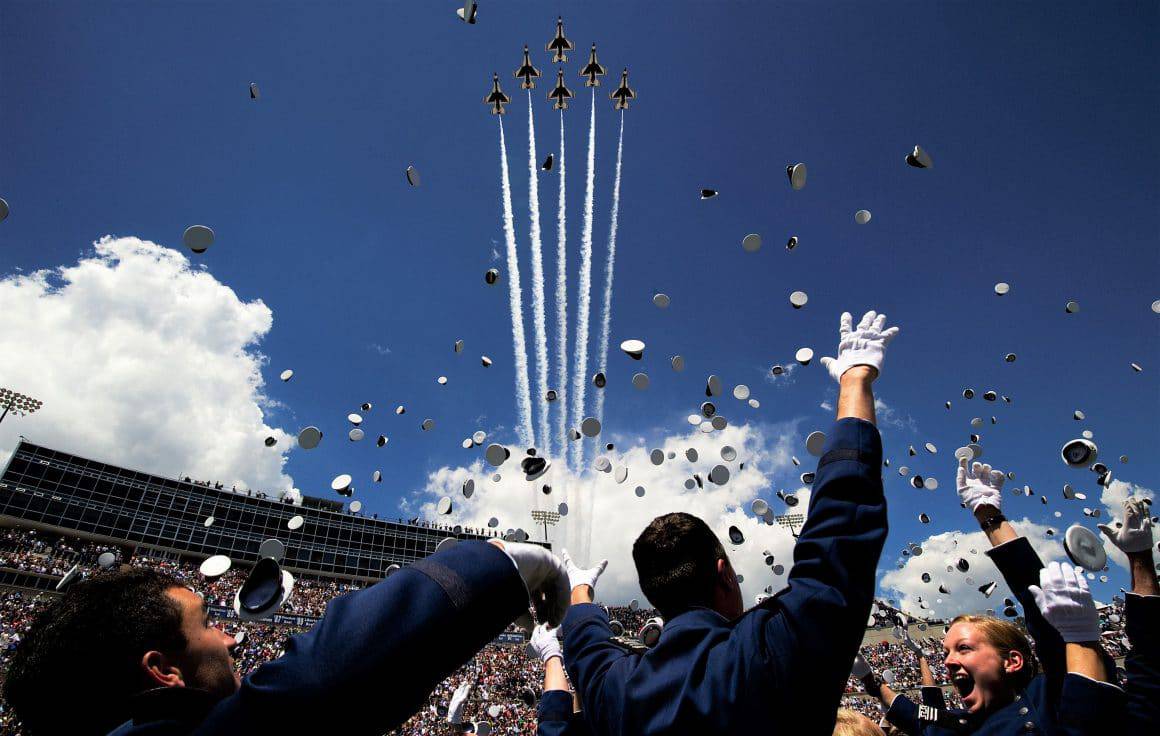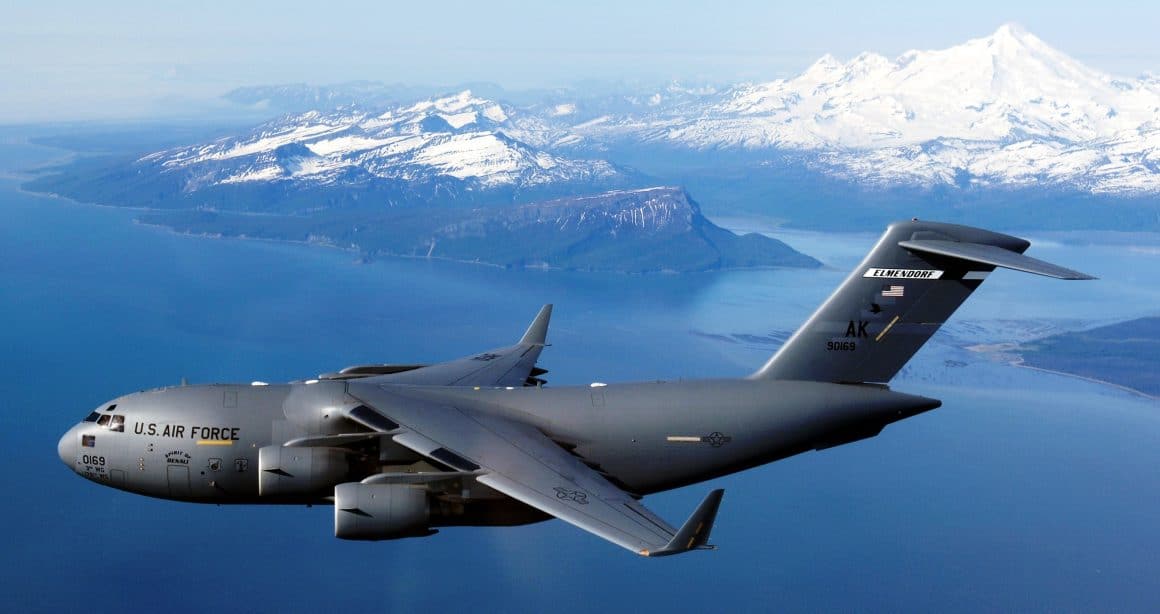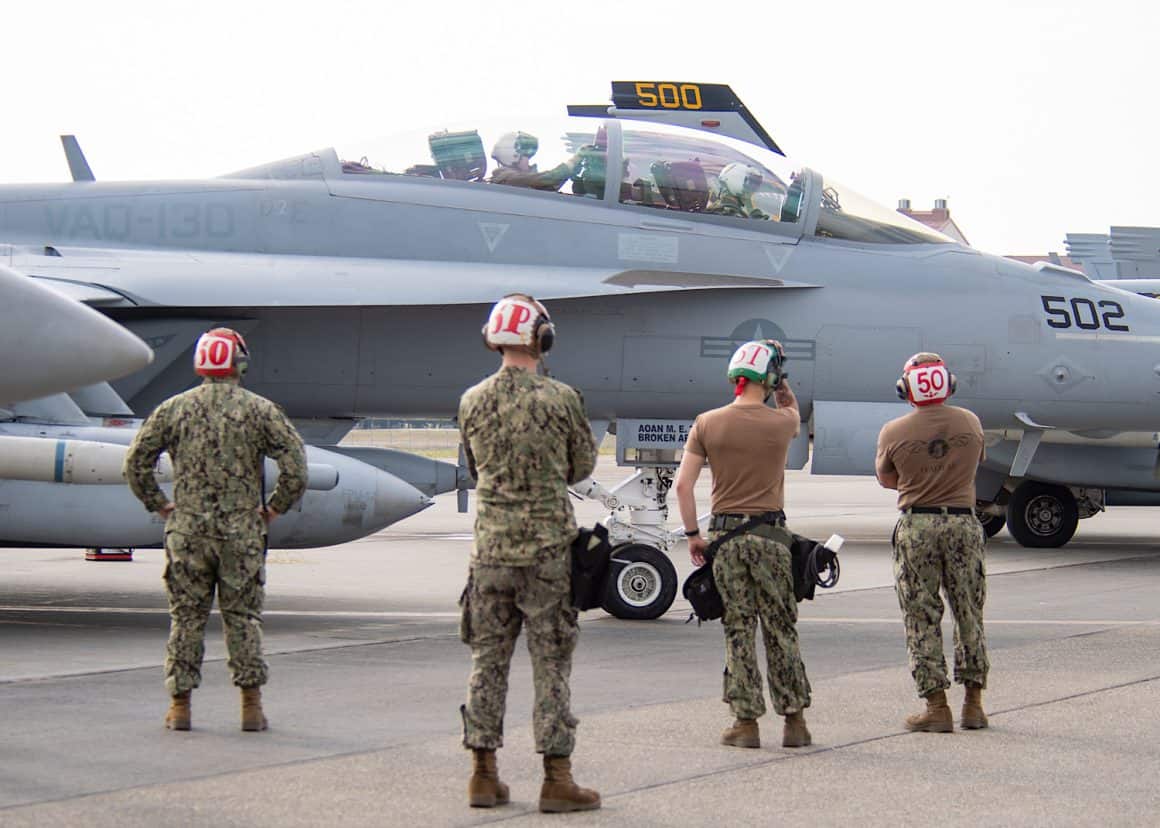Do you want to fly fast jets, tactical missions, or cool helicopters without waiting years? The military pilot pathway might be the perfect path. Here’s what they don’t tell you in the recruiting commercials: it’s intensely competitive, demands years of commitment, and will completely alter the course of your life.
The Distinct Pathways to Become a Military Pilot
Before you can touch a military aircraft as a military pilot, you need to become an officer (with few exceptions). There are three ways to make that happen.
ROTC (Reserve Officer Training Corps) is how about 30% of pilots start. You attend a normal university while taking military science courses and doing ROTC training on the side as an additional course with some summertime commitments. The military often assists paying your college tuition through scholarships.
The advantage is that you get to enjoy the traditional college experience. You commission as a second lieutenant when you graduate. Each year, ROTC programs across the country award hundreds of pilot slots to qualified cadets who place at the top of your class. It’s a very competitive process and you are committed to military service even if you do not get a pilot training slot.

Service Academies are the prestigious option. The Air Force Academy sits high above Colorado Springs. The Naval Academy overlooks the Chesapeake Bay in Annapolis. West Point owns the high ground above the Hudson River.
The workload and the military training is intense for all four years. Getting in requires a congressional nomination, significant high school accomplishments, and a very strong application package. Gaining entry and surviving is the difficult part. The good news is that most cadets who want a slot to pilot training get them as long as they are physically qualified for the role.
OTS/OCS (Officer Training School/Officer Candidate School) is the fast track for people who already have their degree. These programs compress officer training into 10-12 intense weeks. Got a computer science degree and decided you’d rather fly than code? This is your path.
Career changers, people who discovered aviation late, and those with specialized degrees all funnel through OTS/OCS. This pathway is also common for those who plan to attend pilot training for a Reserve or Guard position.

Active Duty vs. Reserve vs. Guard: What’s the Difference?
This choice matters more than most people realize.
Active Duty is the full-time military career. You’ll live on base, move every few years, deploy regularly. You live, eat, and breathe your military career. The advantages are clear in the pilot career. You’ll gain experience quickly, you’ll be able to compete for worldwide assignments, and you’ll experience opportunities and risks that few ever get the chance to do.
Only active duty pilots fly the B-2 and F-22. There are downsides though. You are locked into your military career without options for external employment. You have little choice in taking some assignments, even to less desirable locations and your family is along for the ride-both through all the ups and the downs of an active duty career.
Reserve components let you serve part-time while building a civilian career. The standard requirement is one weekend per month plus two weeks annually whether you serve in the Air Force, Army, Navy, or Marine. As a pilot though, you’ll likely require at least 3-4 extra days per month to maintain currency.
Many Reserve pilots fly for airlines during the week and fly military aircraft on weekends—it’s a respected path that keeps your hand in both worlds. The positives are clear. However, the pathway is more risky. It tends to be feast or family. Your flying career may frequently be affected by budget issues making it more difficult to obtain the necessary flying hours for a civilian job.
National Guard operates similarly to the Reserve but with a crucial difference—you’re serving your state, not just the federal government. Guard pilots often spend their entire careers in one unit, sometimes flying from the same base their entire career. That stability is rare in military aviation.
Guard squadrons tend to be tight-knit groups where you might fly with the same instructor for a decade. Many Guard fighter units are incredibly competitive, filled with pilots who’ve turned down active duty opportunities to stay local. Guard units also tend to promote their own, meaning it is more difficult to gain a flight training slot. Many selected first serve within their unit as enlisted or in a nonflying position.
The Commitment: What You’re Actually Signing
Here’s the real sting of becoming a military pilot.
The standard commitment is 10 years from the completion of pilot training. Since pilot training takes 6-12 months depending on your aircraft, you’re realistically looking at over years from the day you first commission in your service.
As I alluded to before, the way you serve affects your level of commitment. Active duty pilots serve that commitment continuously meaning that you cannot apply for a civilian airline position until you leave the service or transition to the Reserve/Guard.
Reserve and Guard pilots can serve part-time, meaning that they can apply for an airline or corporate flying position much earlier in their career. While a reserve or guard position sounds attractive, keep in mind that it might take years to gain the necessary flying experience for a civilian position. There are pros and cons to every pathway, and the pathway you choose within the military is no exception.
Pros and Cons of Service as a Military Pilot

The advantages are undeniable. You’ll receive world-class flight training on aircraft most civilian pilots only dream about. The military will pay for every hour of training and you’ll fly on some of the most complex aircraft, executing some of the most complex missions in the world.
The experience you’ll gain is superb to nearly any other mid-level civilian flying job. The credentials translate directly to airline jobs once eligible. And you’ll get paid while learning and likely gain lifelong benefits once your service is complete via retirement, GI Bill, and other VA benefits.
The challenges are significant. The 10 year commitment is real and life altering. You’ll likely make less than your airline counterparts towards the end of your 10 year commitment. You’ll sign a blank check to the military to serve our nation up to and possibly including your life.
You lose control over many decisions in life that you’d otherwise take for granted. Your spouse and children will appreciate many military benefits that service offers but they will also be affected by possible deployments, frequent TDYs for trainings and missed birthdays/holidays.
You’ll also be signing up for a significantly more stressful lifestyle than any civilian route. On the military pathway, you’ll trade financial security for freedom and your time commitment. You’ll also face intense competition for first a pilot slot, then an assignment and aircraft based on how you perform in training. Later you’ll compete for more desirable bases and positions. The competition is unending. It can be rewarding but it can also be draining.
Bottom Line
The military pathway to become a military pilot creates exceptional aviators. If you want to fly high-performance aircraft, gain unmatched experience, and serve your country, this pathway should be at the top of the list. It’s far from the ‘easy’ button though so its important to begin the process to become a military pilot with your eyes wide open.
